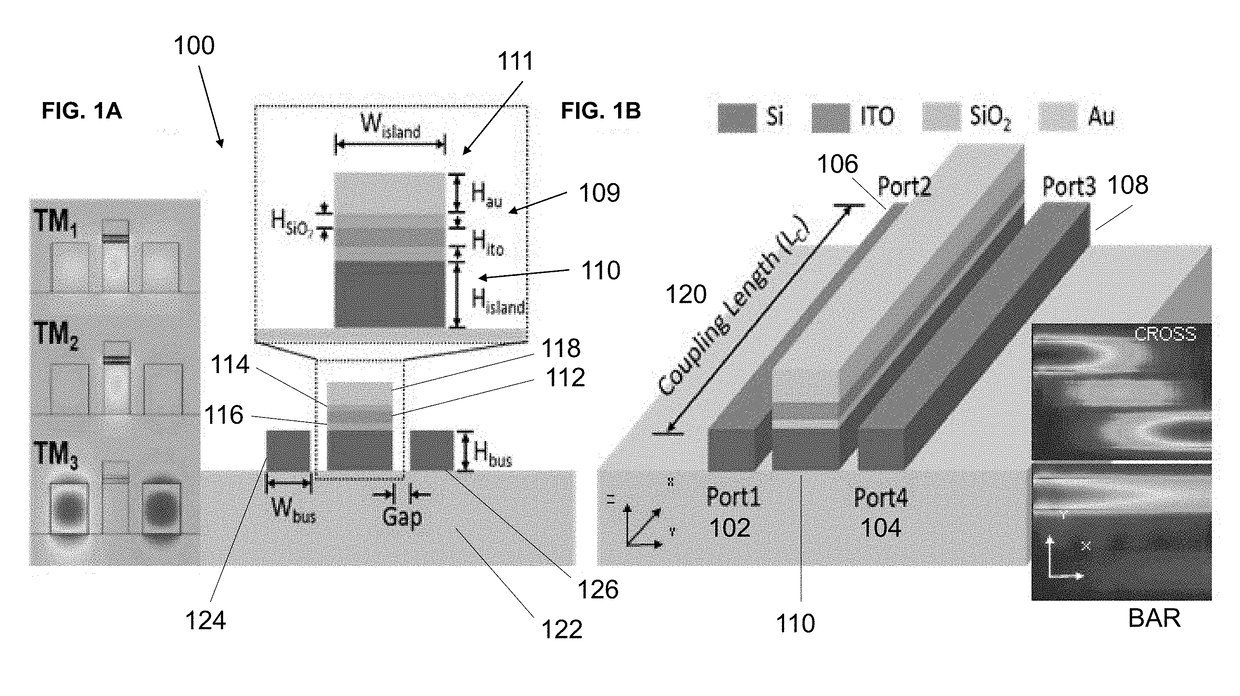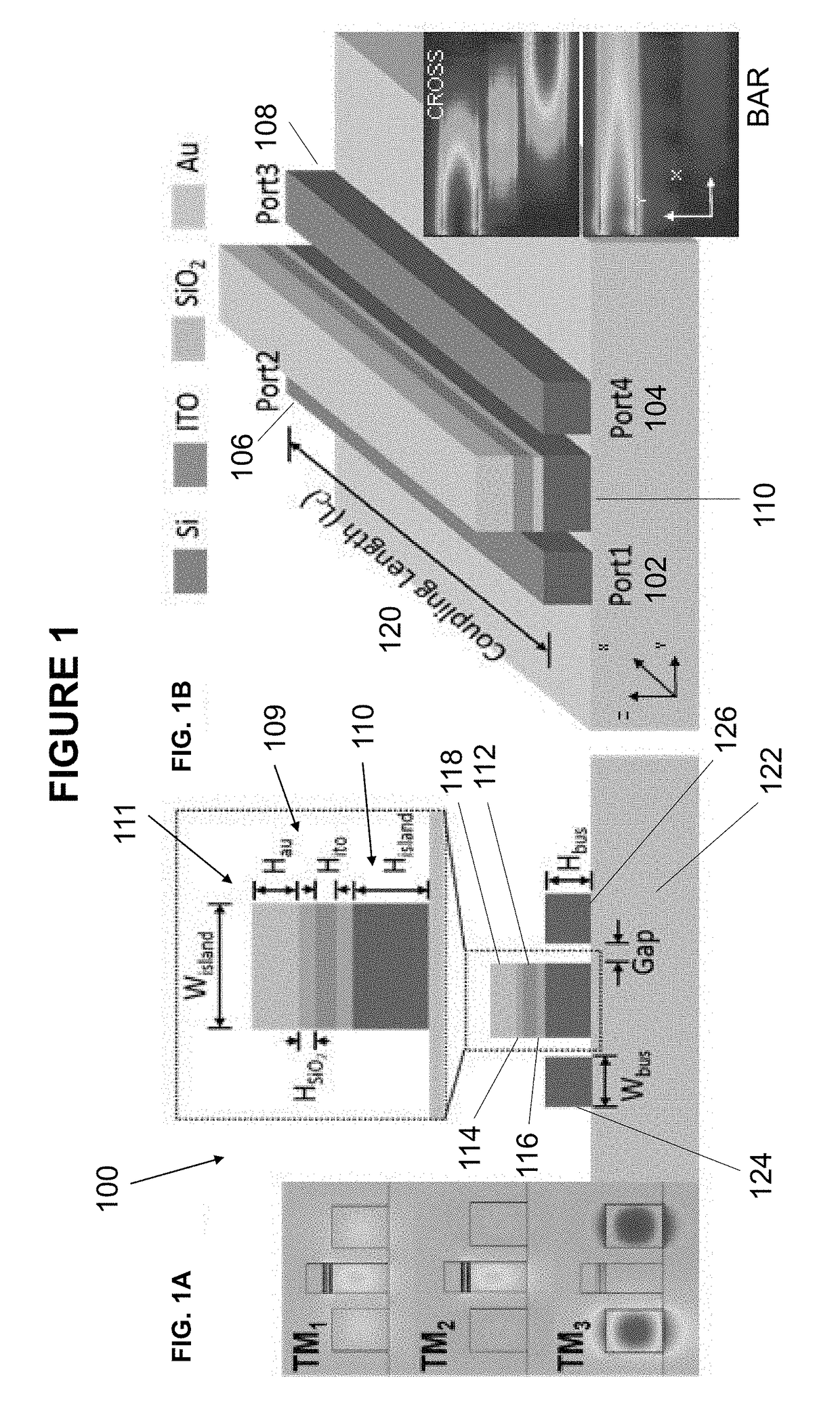Hybrid photonic non-blocking wide spectrum WDM on-chip router
a wide spectrum, on-chip router technology, applied in optics, instruments, electrical equipment, etc., can solve the problems of delay and power dissipation, clamping performance, and performance bottlenecks of electronic devices, so as to improve system performance, improve photonic integrated routing performance, and save energy consumption
- Summary
- Abstract
- Description
- Claims
- Application Information
AI Technical Summary
Benefits of technology
Problems solved by technology
Method used
Image
Examples
Embodiment Construction
[0016]In describing the illustrative, non-limiting preferred embodiments of the invention illustrated in the drawings, specific terminology will be resorted to for the sake of clarity. However, the invention is not intended to be limited to the specific terms so selected, and it is to be understood that each specific term includes all technical equivalents that operate in similar manner to accomplish a similar purpose. Several preferred embodiments of the invention are described for illustrative purposes, it being understood that the invention may be embodied in other forms not specifically shown in the drawings.
[0017]The present invention is a hybrid photonic-plasmonic broadband switch design. One illustrative non-limiting embodiment of the invention is shown in the figures and described below.
Technology Hybridization
[0018]The fundamental building block of the optical router is a 2×2 optical switch, namely a voltage-controlled directional coupler whose performance directly impacts ...
PUM
 Login to View More
Login to View More Abstract
Description
Claims
Application Information
 Login to View More
Login to View More - R&D
- Intellectual Property
- Life Sciences
- Materials
- Tech Scout
- Unparalleled Data Quality
- Higher Quality Content
- 60% Fewer Hallucinations
Browse by: Latest US Patents, China's latest patents, Technical Efficacy Thesaurus, Application Domain, Technology Topic, Popular Technical Reports.
© 2025 PatSnap. All rights reserved.Legal|Privacy policy|Modern Slavery Act Transparency Statement|Sitemap|About US| Contact US: help@patsnap.com



